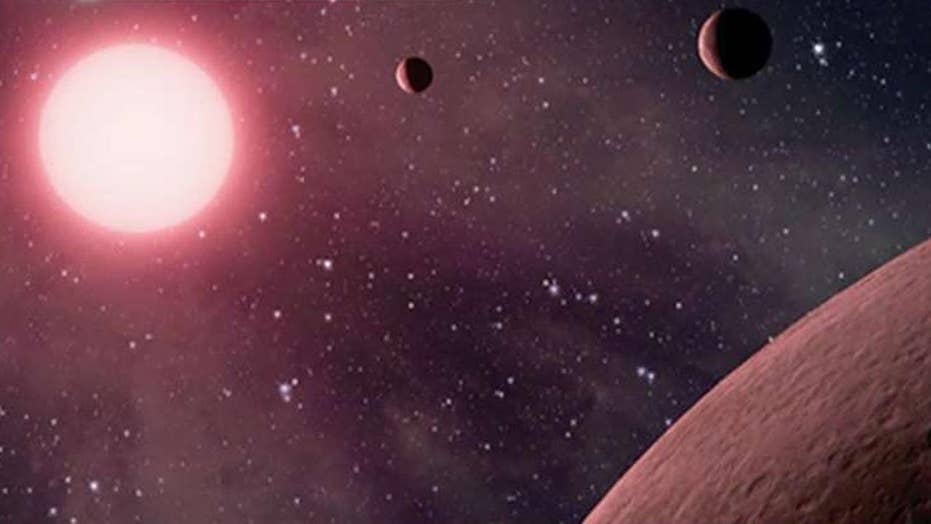There are four red dwarf stars that are supposed to be not functional, but some signals have been picked up from them. This means there are some exoplanets in space.
These signals are generated because of an interaction between the exoplanet and the star’s magnetic field. It will make intensely strong auroras that can be sensed using the Low-Frequency Array (LOFAR) which is a powerful radio telescope headquartered in the Netherlands.
“We’ve discovered signals from 19 distant red dwarf stars, four of which are best explained by the existence of planets orbiting them,” said physicist Benjamin Pope of the University of Queensland in Australia.
“We’ve long known that the planets of our own Solar System emit powerful radio waves as their magnetic fields interact with the solar wind, but radio signals from planets outside our Solar System had yet to be picked up. This discovery is an important step for radio astronomy and could potentially lead to the discovery of planets throughout the galaxy.”
The auroras of the earth are made by particles blowing in from the Sun. When charged particles like protons and electrons collide with Earth’s magnetosphere, they collide with atmospheric molecules. The ionization of these molecules causes the formation of auroras.
Red dwarfs are different than the sun and have a stronger magnetic field, and the exoplanets found circling them can be much closer than anything in the Solar System.
The first red dwarf radio emissions were found in a red dwarf star last year.
“Our model for this radio emission from our stars is a scaled-up version of Jupiter and Io, with a planet enveloped in the magnetic field of a star, feeding material into vast currents that similarly power bright [auroras],” said astronomer Joseph Callingham of the Netherlands Institute for Radio Astronomy (ASTRON), who led the research.
“It’s a spectacle that has attracted our attention from light-years away.”
Astronomers find dips in the star’s light as the exoplanet passes between us and the star. This technique is called the transit method. The other way is to look for signs that the star is wobbling on the spot, a clue that it is orbiting a mutual center of gravity with an exoplanet. This method is the radial velocity method. Both these effects are bigger if the exoplanet is huge.
There are no other signs besides the signals but if there is a presence, the radial velocity method could help identify them.
“We can’t be 100 percent sure that the four stars we think have planets are indeed planet hosts, but we can say that a planet-star interaction is the best explanation for what we’re seeing,” Pope said.
“Follow-up observations have ruled out planets more massive than Earth, but there’s nothing to say that a smaller planet wouldn’t do this.”
The research has been published in Nature.

